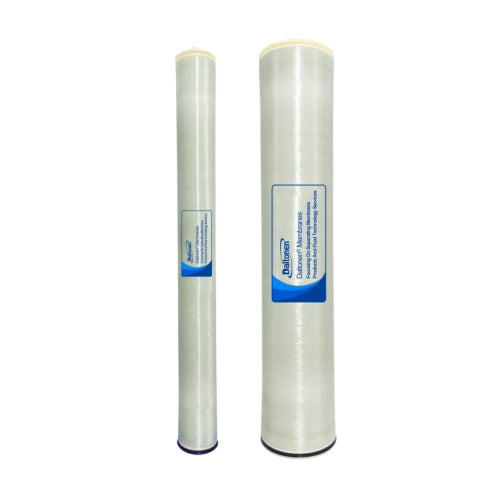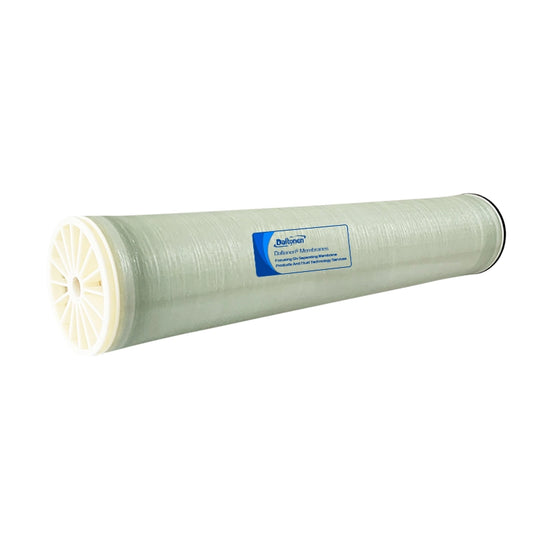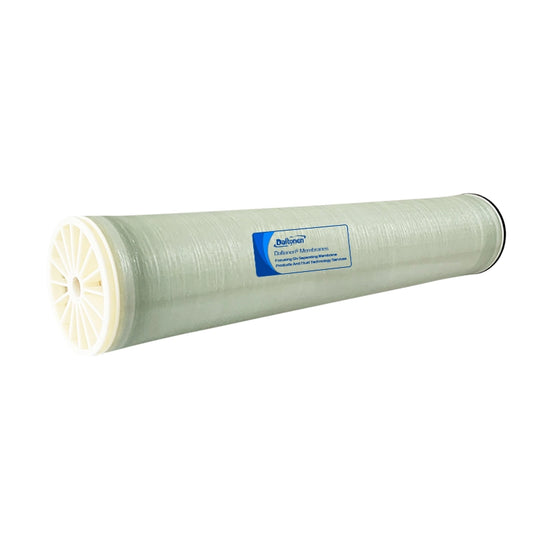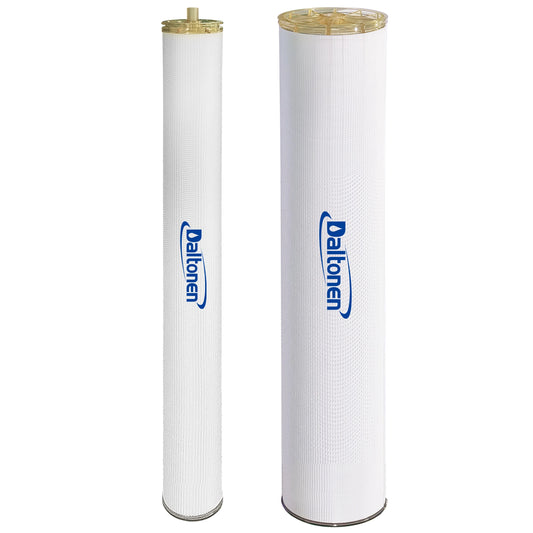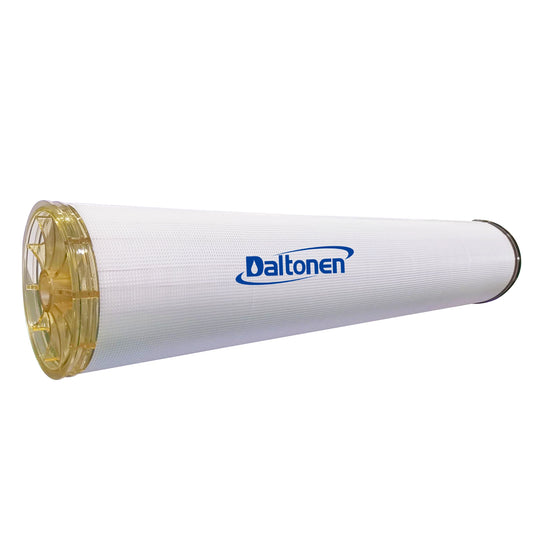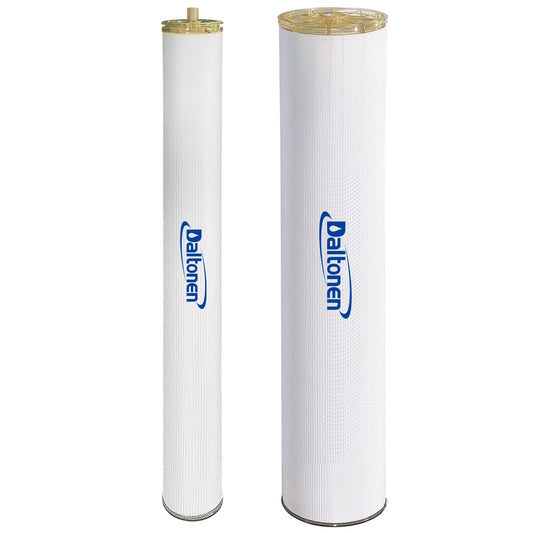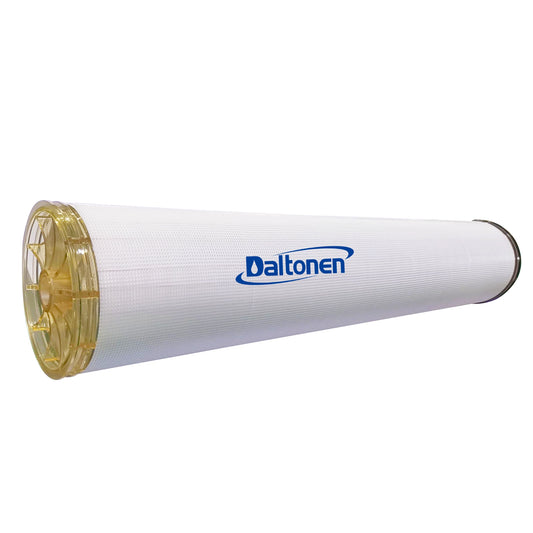Municipal Wastewater Treatment Process and Plan Design
27 Apr 2025
Process and Plan Design for Municipal Wastewater Treatment
I. Design Basis
-
Treatment Capacity: Taking a daily treatment capacity of 20,000 tons as an example (approximately 833 tons per hour, expandable in a modular manner)
-
Inlet Water Quality: Typical municipal wastewater (COD ≤300 mg/L, SS ≤150 mg/L, BOD ≤150 mg/L)
-
Outlet Water Requirements: Meet the Grade A standard of the "Pollutant Discharge Standard for Municipal Wastewater Treatment Plants" (SS ≤10 mg/L, COD ≤50 mg/L, fecal coliform ≤10³ per L)

II. Process Flow
A combined process of "enhanced pre-treatment + hollow fiber ultrafiltration membrane + UV disinfection" is adopted to replace the traditional secondary sedimentation tank and sand filtration process:
1. Pre-treatment System
Coarse/Fine Screens:
-
Coarse screen (gap 20 mm) → Fine screen (gap 3 mm), to remove large particulate matter such as fibers and plastics.
Hydrocyclone Grit Chamber:
-
Removes sand and gravel with a particle size greater than 0.2 mm to protect the subsequent pumps and membrane system.
Equalization Tank:
-
Balances water quality and quantity, equipped with submersible mixers to prevent sedimentation.
Biological Treatment (optional):
-
If the influent COD/BOD is high, A²O or MBR pre-treatment processes can be added.
2. Hollow Fiber Ultrafiltration Membrane System
Membrane Component Configuration:
-
Material: PVDF (polyvinylidene fluoride) hollow fiber ultrafiltration membrane, molecular weight cut-off 50~100 kDa
-
Membrane pore size: 0.01~0.1 μm, capable of removing bacteria, colloids, and some viruses.
Operating Parameters:
-
Design flux: 30~50 LMH (L/m²·h)
-
Operating pressure: 0.1~0.3 MPa
-
Recovery rate: 85%~90%
Operating Mode:
-
Cross-flow filtration: Part of the concentrate is recirculated to the front of the membrane to reduce membrane fouling.
-
Backwashing: Every 30~60 minutes, combined air-water backwash (0.3 MPa compressed air + ultrafiltration product water).
Chemical Cleaning:
-
Once or twice a month, using 0.5% NaOH + 0.1% NaOCl (oxidizing cleaning) or 0.5% citric acid (scale removal).
3. Post-treatment System
UV Disinfection:
-
254 nm UV lamp tubes, dose ≥30 mJ/cm², inactivating 99.9% of pathogenic microorganisms.
Sludge Treatment (optional):
-
Ultrafiltration concentrate enters the sludge thickening tank → Belt press (moisture content ≤80%) → Off-site disposal.

III. Key Equipment Selection
表格
| Equipment Name | Specification/Parameters | Notes |
|---|---|---|
| Hollow Fiber Ultrafiltration Membrane Components | 8-inch membrane elements, single membrane area 40 m² | Parallel membrane groups, modular design |
| Membrane Rack System | 316L stainless steel frame, 6~8 membranes per rack | Corrosion-resistant, easy to disassemble and maintain |
| Backwash Pump | Flow rate 100 m³/h, head 30 m | Variable frequency control, energy-saving operation |
| Chemical Cleaning Equipment | PE storage tank + metering pump (pH/ORP online monitoring) | Supports acid/alkali/oxidant cleaning |
IV. Advantages of the Plan
-
High Efficiency in Retention: The effluent SS is ≤5 mg/L, and turbidity is ≤0.5 NTU, which can be directly reused for landscaping or industrial cooling water.
-
Strong Fouling Resistance: The PVDF material is resistant to chemical corrosion, and the hollow fiber structure is less prone to fiber breakage, with a service life of ≥5 years.
-
Small Footprint: Compared with traditional processes, it saves 30% of the land area (no need for secondary sedimentation tanks and sand filters).
-
Automated Operation: PLC + SCADA control, real-time monitoring of transmembrane pressure difference (TMP), flow, and turbidity.
V. Operating Cost Analysis
表格
| Item | Unit Cost | Notes |
|---|---|---|
| Electricity Consumption | 0.3~0.5 RMB per ton | Mainly from circulation pump and backwashing energy consumption |
| Membrane Replacement | 0.1~0.2 RMB per ton | Amortized over a 5-year lifespan |
| Chemicals | 0.05~0.1 RMB per ton | Cleaning agents, disinfectants |
| Total | 0.45~0.8 RMB per ton | Significantly lower than traditional advanced treatment processes |
VI. Precautions
-
Pre-treatment Requirements: Ensure that the influent oil content is less than 5 mg/L to prevent membrane pore clogging.
-
Membrane Fouling Control: Install a security filter with a pore size of 50~100 μm to prevent fibrous materials from entangling the membrane elements.
-
Emergency Measures: Provide a backup membrane group (≥10% redundancy) to ensure treatment capacity during the rainy season or peak flow periods.
VII. Applicable Scenarios
-
Upgrading municipal wastewater treatment plants from Grade B to Grade A
-
Comprehensive wastewater treatment in industrial parks
-
Reuse of treated wastewater in water-scarce areas
If optimization of the plan is required for specific water quality parameters (such as high nitrogen and phosphorus, refractory organic matter), advanced oxidation (ozone/Fenton) or reverse osmosis (RO) can be further applied for treatment.
Tags:
